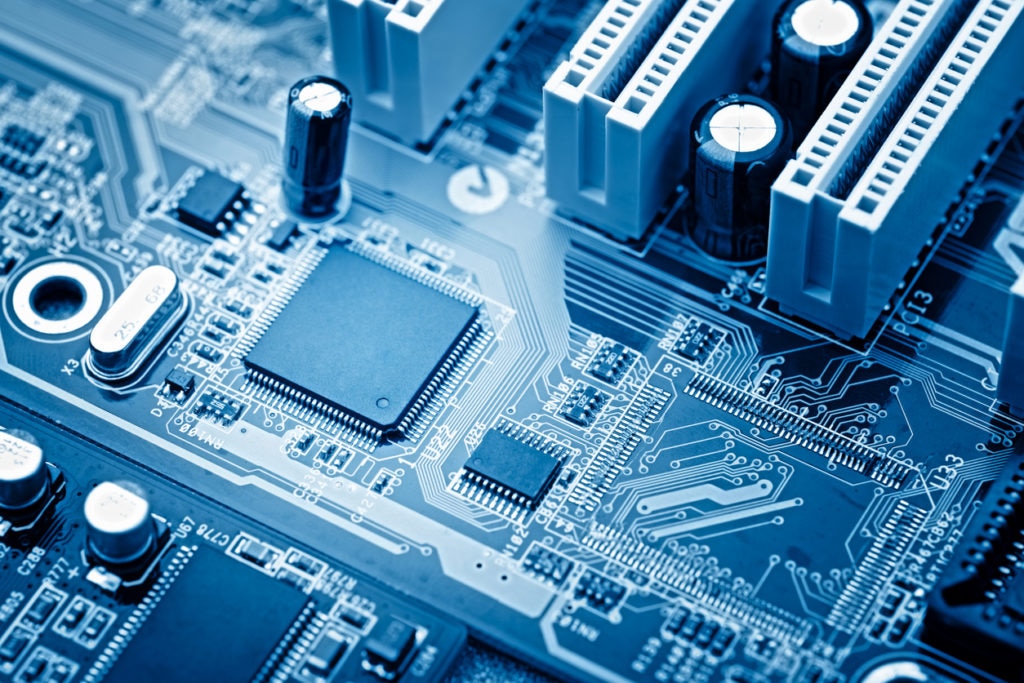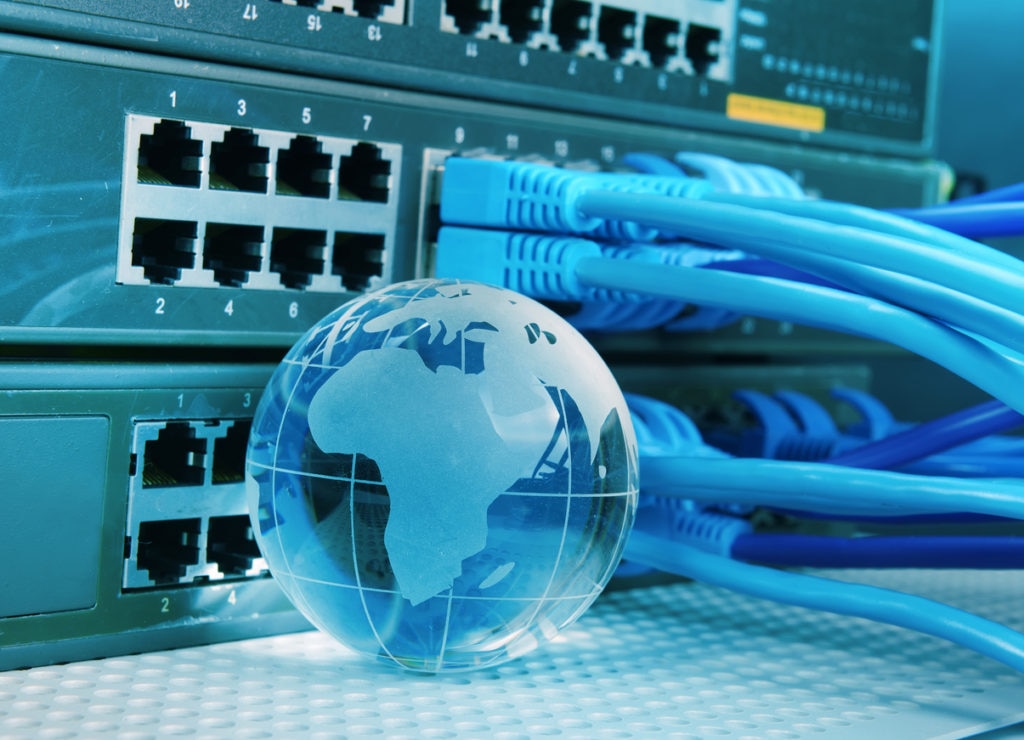Edge computing is here to stay and it’s no wonder. Edge computing provides federal IT pros with a range of advantages they simply don’t have with more traditional computing environments.
First, edge computing brings memory and computing power closer to the source of data, resulting in faster processing times, lower bandwidth requirements, and improved flexibility. Edge computing can be a source of potential cost savings. With edge computing, data is processed in real time at the edge devices, therefore, it can help save computing cycles on cloud servers and reduce bandwidth requirements.
However, edge computing may also introduce its share of challenges. Among the greatest challenges are visibility and security, based on the decentralized nature of edge computing.
Strategize
As with any technology implementation, start with a strategy. Remember, edge devices are considered agency devices, not cloud devices, therefore they’re the responsibility of the federal IT staff.
Include compliance and security details in the strategy, as well as configuration management. Create thorough documentation. Standardize wherever possible to enhance consistency and ease manageability.
Visualization and Security
Remember, accounting for all IT assets includes edge-computing devices, not just those devices in the cloud or on-premises. Be sure to choose a tool to not only monitors remote systems, but provides automated discovery and mapping, so you have a complete understanding of all edge devices.
In fact, consider investing in tools with full-infrastructure visualization, so you can have a complete picture of the entire network at all times. Network, systems, and cloud management and monitoring tools will optimize results and provide protection across the entire distributed environment.
To help strengthen security all the way out to edge devices, be sure all data is encrypted and patch management is part of the security strategy. Strongly consider using automatic push update software to ensure software stays current and vulnerabilities are addressed in a timely manner. This is an absolute requirement for ensuring a secure edge environment, as is an advanced Security Information and Event Management (SIEM) tool to ensure compliance while mitigating potential threats.
A SIEM tool will also assist with continuous monitoring, which helps federal IT pros maintain an accurate picture of the agency’s security risk posture, providing near real-time security status. This is particularly critical with edge-computing devices which can often go unsecured.
Conclusion
The distributed nature of edge computing technology is increasing in complexity, with more machines, greater management needs, and a larger attack surface.
Luckily, as computing technology has advanced, so has monitoring and visualization technology, helping federal IT pros realize the benefits of edge computing without additional management or monitoring pains.
Find the full article on Government Technology Insider. 




